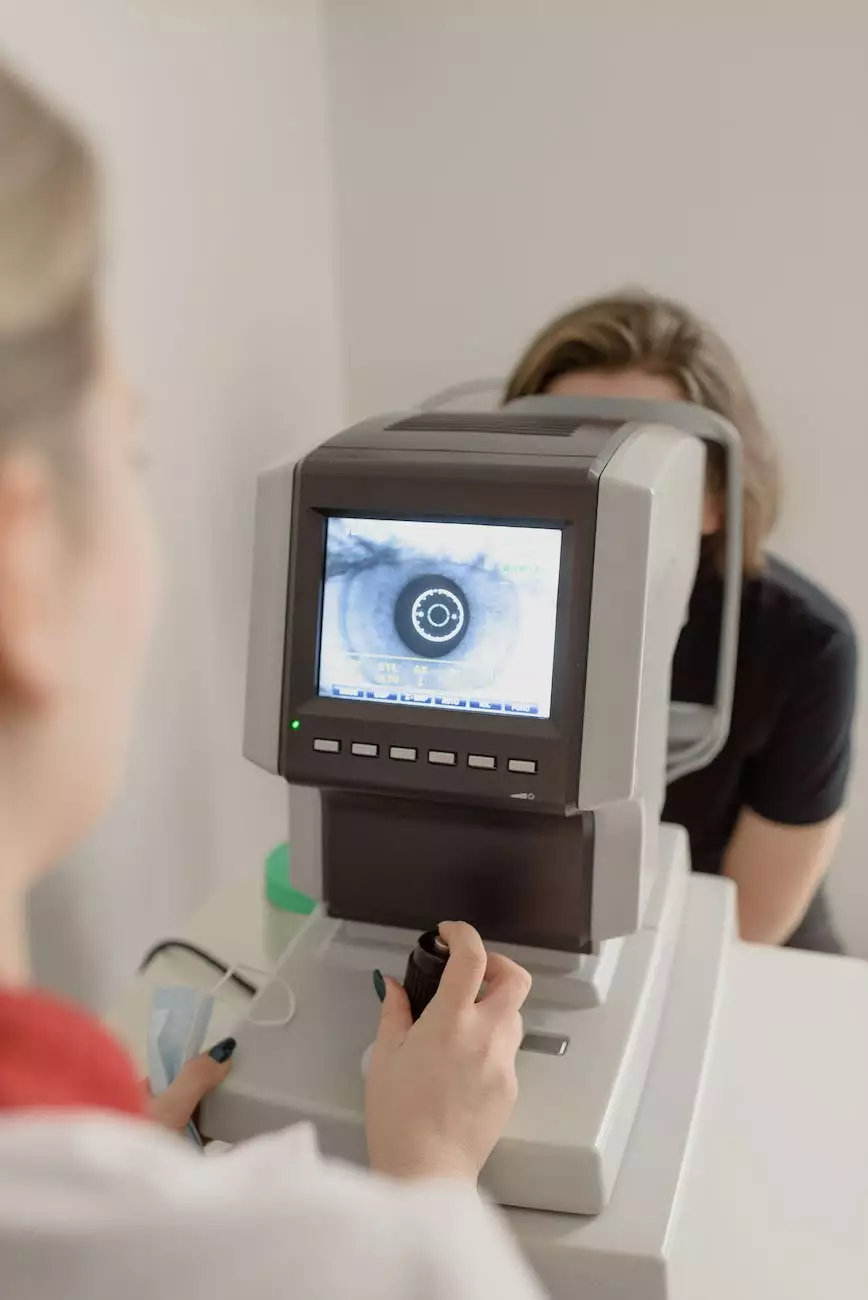Dog - Canine Anatomy & Physiology Chart - Soothers

Welcome to the world of dog anatomy and physiology, presented to you by Jenny Demeaux, RNC ND. Our Dog - Canine Anatomy & Physiology Chart is your gateway to understanding the complex inner workings of our beloved canine companions. Whether you are an aspiring veterinarian, a pet owner, or simply a dog enthusiast, this comprehensive guide will take you on an enlightening journey through the fascinating world of dog biology.
The Skeletal Structure of Dogs
Let's start our exploration with the skeletal structure of dogs. The canine skeletal system is a marvel of engineering, providing the framework and support necessary for the dog's body to function properly. From the strong and sturdy bones that give dogs their unique shape to the joints that allow for movement, every aspect of the skeletal system plays a vital role in a dog's overall health and well-being.
One of the key features of a dog's skeletal system is its flexible backbone, enabling the incredible agility and speed that dogs are known for. Their spinal column consists of multiple vertebrae, each specifically designed to provide stability while allowing for a wide range of movements. The skull, another fundamental part of the skeletal structure, protects the delicate brain and sensory organs, giving each dog its distinct appearance and character.
The Muscular System and Motor Functions
Complementing the skeletal system is the muscular system, which empowers dogs with remarkable strength and control. Dogs possess an intricate network of muscles that work in harmony to facilitate movement, from the powerful muscles of the legs that propel dogs forward to the muscles in their face that allow for a wide range of expressions.
The muscular system not only enables dogs to perform physical activities such as running, jumping, and playing but also contributes to essential bodily functions such as digestion and respiration. The coordinated contractions and relaxations of the muscles ensure that dogs can navigate their environment and interact with the world around them.
The Cardiovascular and Respiratory Systems
Next, let's dive into the cardiovascular and respiratory systems of dogs. These two systems play a crucial role in transporting oxygen and nutrients throughout the body, ensuring proper functioning of all organs and tissues.
The heart, a powerful muscular organ, pumps oxygen-rich blood to various parts of the body through a network of blood vessels. This continuous circulation delivers essential nutrients to cells and removes waste products, maintaining a healthy internal environment for dogs. The respiratory system, consisting of the lungs and airways, allows dogs to take in oxygen and expel carbon dioxide, providing the vital gas exchange needed for energy production.
The Digestive and Urinary Systems
Moving on to the digestive and urinary systems, we'll explore how dogs process and eliminate waste. The digestive system starts with the mouth, where a dog's teeth and saliva begin the breakdown of food. From there, the food travels through the esophagus and into the stomach, where it undergoes further digestion with the help of gastric enzymes.
The nutrients obtained from the digested food are then absorbed in the small intestine and transported to various parts of the body. The waste products, on the other hand, continue their journey to the large intestine and eventually get eliminated through the rectum and anus.
The urinary system, encompassing the kidneys, ureters, bladder, and urethra, plays a vital role in maintaining the dog's fluid balance and eliminating waste in the form of urine. The kidneys filter the blood, removing waste products and excess water, which are then excreted as urine, keeping the dog's internal environment in balance.
The Nervous and Endocrine Systems
The nervous system and endocrine system work in tandem, regulating and coordinating various bodily functions. The nervous system consists of the brain, spinal cord, and a network of nerves that transmit electrical signals throughout the body.
In dogs, the nervous system controls everything from voluntary movements to automatic bodily functions such as breathing and digestion. It also allows for sensory perceptions, enabling dogs to see, hear, smell, taste, and touch their surroundings.
The endocrine system, on the other hand, is responsible for producing and releasing hormones that help regulate bodily processes. Hormones act as chemical messengers, influencing activities such as metabolism, growth, and reproduction. In dogs, the endocrine system works closely with the nervous system, ensuring that all systems function harmoniously.
Conclusion
Congratulations! You have now been introduced to the incredible world of dog anatomy and physiology. Our Dog - Canine Anatomy & Physiology Chart is designed to be your comprehensive guide, providing you with a detailed understanding of how dogs are structured and how their bodies operate.
By delving into the skeletal structure, muscular system, cardiovascular and respiratory systems, digestive and urinary systems, nervous and endocrine systems, you are equipped with knowledge that is vital for anyone interested in dogs, from pet owners to professionals in the veterinary field.
So, take a deep breath and get ready to embark on an exciting journey through the intricacies of canine biology. Explore our Dog - Canine Anatomy & Physiology Chart today and discover the awe-inspiring inner workings of man's best friend!









